Stefano Bardini
Stefano Bardini, the "prince of the Antiques Dealers"
Stefano Bardini was an antique dealer (1816-1922). He started his career as a painter but on the occasion of the Florence 1861 National Exposition, he had the opportunity to enter in contact with the ecleticism. Around 1870 he met Wilhelm Von Bode the assistant of the Royal Museums in Berlin: Bode introduced Bardini into the world of German magnates and Stefano purchased Renaissnace artworks for the Kaiser Friedrich Museum of Berlin.
Stefano opened his first shop in 1881 in the actual Piazza de' Mozzi in Florence: the museum today perfectly represents the arrangement the famous collector wanted: particular blue walls, a room full of frames he conceived as works of art. The ground floor evoke the Bargello museum courtyard: stone coats of arm were partially purchased by Bardini during his travels and partially come from churches, palaces, Guelphs properties destroyed between 1881 and 1895 he saved.
The walls of the monumental entrance are completely decorated with oriental carpets: even the carpet positioned for the arrival of Hitler in 1938 is visible! It gives us the idea of Stefano refined taste: carpets at the place of paintings on the walls!
Incredible masterpieces are preserved inside the museum: the original piglet by Pietro Tacca; the little devil Giambologna cast for Bernardo Vecchietti, a wedding chests collection and two Madonnas by Donatello: The "Madonna of the apple" and the "Madonna of the Rope makers". It is composed of a wooden structure carved to create the background decoration with the use of leather and cocciopesto: an original Donatello!
Bardini was a promoter of the Renaissance myth in fact he contributed to the re-discovery of Florentine art. Stefano assembled materials of different provenances and he integrated them with modern fragments: his theory is visible in the part of the museum dedicated to the englazed terracotta. A man who completely changed Florentine scenary in the XIX century!
Stefano opened his first shop in 1881 in the actual Piazza de' Mozzi in Florence: the museum today perfectly represents the arrangement the famous collector wanted: particular blue walls, a room full of frames he conceived as works of art. The ground floor evoke the Bargello museum courtyard: stone coats of arm were partially purchased by Bardini during his travels and partially come from churches, palaces, Guelphs properties destroyed between 1881 and 1895 he saved.
The walls of the monumental entrance are completely decorated with oriental carpets: even the carpet positioned for the arrival of Hitler in 1938 is visible! It gives us the idea of Stefano refined taste: carpets at the place of paintings on the walls!
Incredible masterpieces are preserved inside the museum: the original piglet by Pietro Tacca; the little devil Giambologna cast for Bernardo Vecchietti, a wedding chests collection and two Madonnas by Donatello: The "Madonna of the apple" and the "Madonna of the Rope makers". It is composed of a wooden structure carved to create the background decoration with the use of leather and cocciopesto: an original Donatello!
Bardini was a promoter of the Renaissance myth in fact he contributed to the re-discovery of Florentine art. Stefano assembled materials of different provenances and he integrated them with modern fragments: his theory is visible in the part of the museum dedicated to the englazed terracotta. A man who completely changed Florentine scenary in the XIX century!
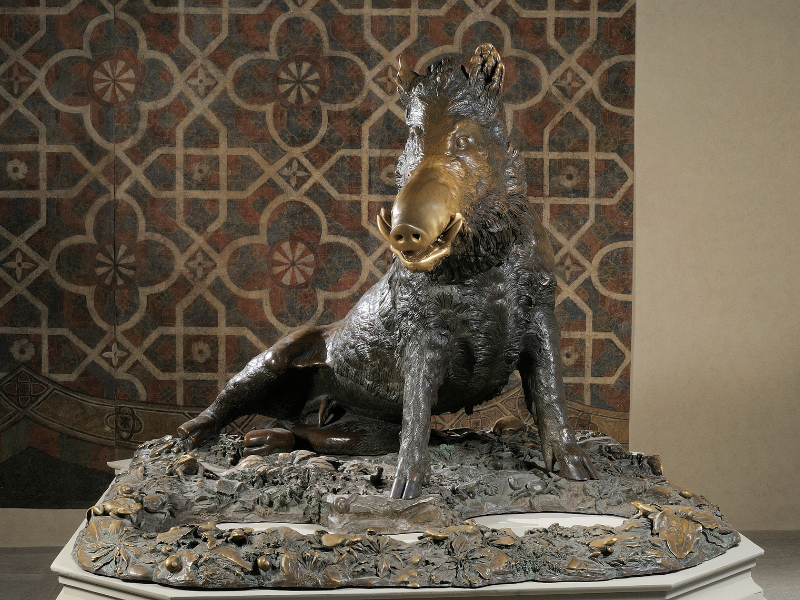
The famous piglet by Pietro Tacca (1633)
Altri articoli
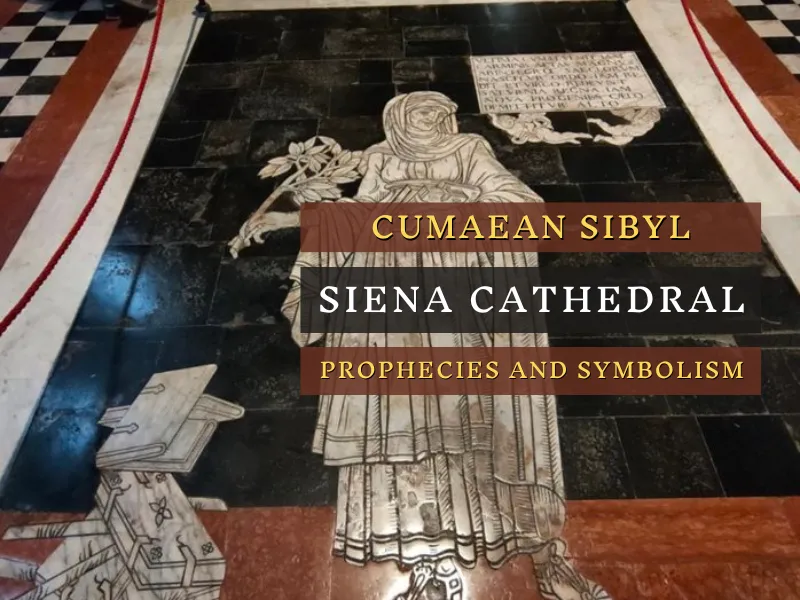
The Cumaean Sibyl
An artistic representation of past prophecies
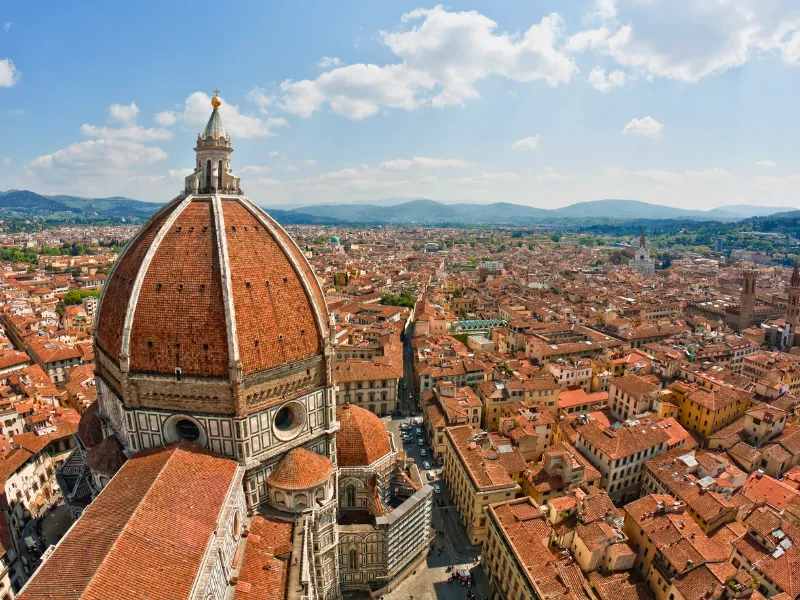
Florence Cathedral
With its majestic Renaissance architecture, proudly stands at the heart of the city.
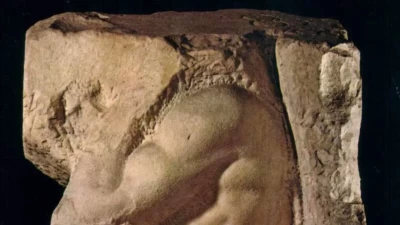
Atlas, the slave sculpted by Michelangelo
The slaves perfectly reveal how the artist worked: Michelangelo thought the sculpture was already living inside a block of marble.
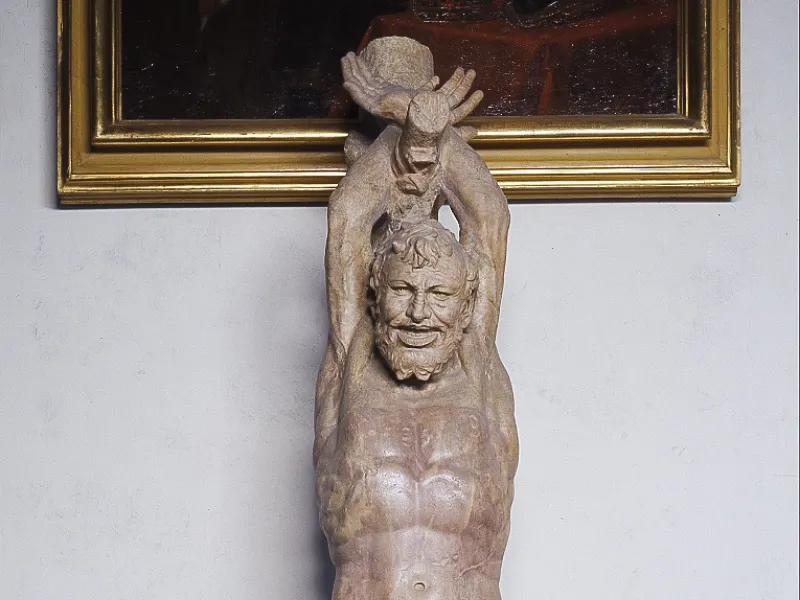
Disquieting statue in the Uffizi Gallery
Cosimo the Elder purchased the statue and showed it at the entrance of the new palace.

